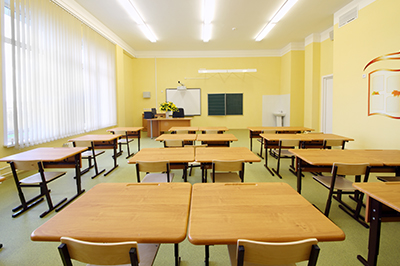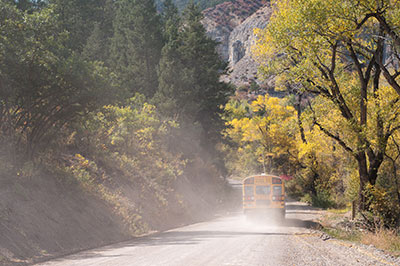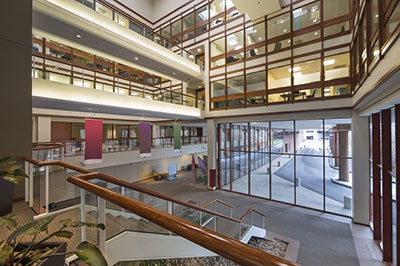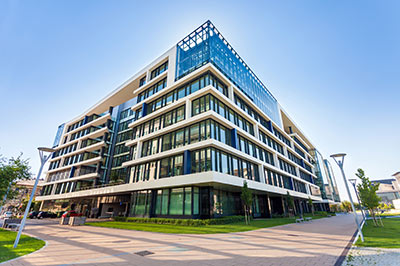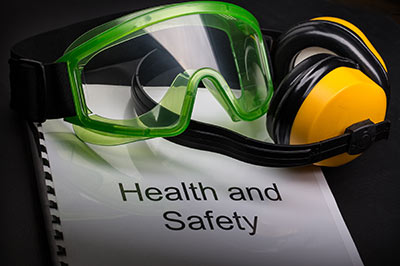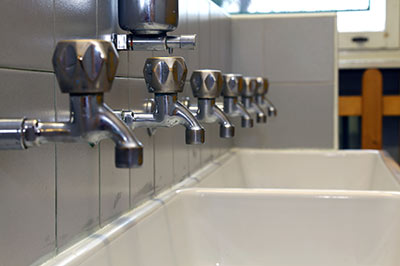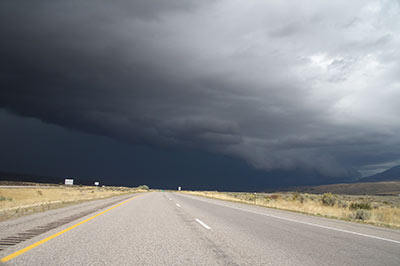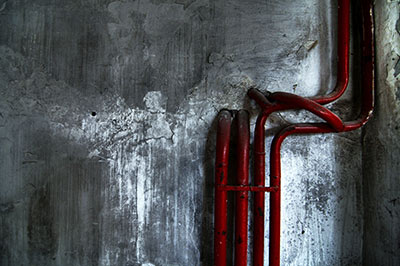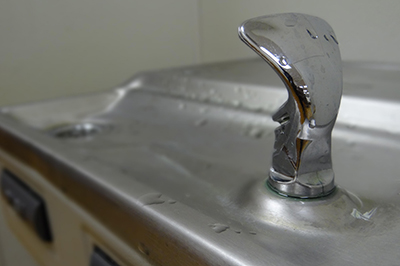World Health Organization, 2009.
Diseases related to inadequate water, sanitation and hygiene are a huge burden in developing countries. It is estimated that 88% of diarrhoeal disease is caused by unsafe water supply, and inadequate sanitation and hygiene (WHO, 2004c). Many schools serve communities that have a high prevalence of diseases related to inadequate water supply, sanitation and hygiene, and where child malnutrition and other underlying health problems are common.
Schools, particularly those in rural areas, often completely lack drinking-water and sanitation and handwashing facilities; alternatively, where such facilities do exist they are often inadequate in both quality and quantity. Schools with poor water, sanitation and hygiene conditions, and intense levels of person-to-person contact, are high-risk environments for children and staff, and exacerbate children’s particular susceptibility to environmental health hazards.
Children’s ability to learn may be affected by inadequate water, sanitation and hygiene conditions in several ways. These include helminth infections (which affect hundreds of millions of school-age children), long-term exposure to chemical contaminants in water (e.g. lead and arsenic), diarrhoeal diseases and malaria infections, all of which force many schoolchildren to be absent from school. Poor environmental conditions in the classroom can also make both teaching and learning very difficult.

